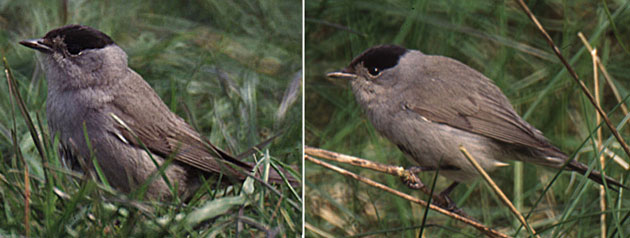TOP STORIES
Popular Herbicide Affects Sexual Development In Frogs
Science Daily - www.sciencedaily.com [Source: University of Ottawa]
03 Dec 2009
Photo credit: S Hoppe/iStockphoto
The controversy surrounding the unintended effects of herbicide and pesticide use has intensified as researchers from the University of Ottawa's Department of Biology have identified that atrazine, a heavily-used herbicide, alters the sexual development in frogs.
At the end of the summer, the results showed that atrazine levels in the tanks were at levels within currently acceptable guidelines.
However, researchers also found that the herbicide reduced the number of tadpoles reaching the froglet stage. Also noteworthy was that atrazine had a feminizing effect on the animal, resulting in sex ratios favouring females, with a reduced number of males.
Reuters - www.reuters.com
03 Dec 2009
Y Rosen
Photo courtesy of Reuters
The U.S. government violated the Endangered Species Act by failing to curb use of pesticides that have been accumulating in the Arctic food chain and in the fat of polar bears, a species listed as threatened, environmentalists charged in a lawsuit on Thursday.
While the biggest threat to polar bears comes from the rapidly warming Arctic climate and the disappearance of sea ice, the pesticide onslaught creates more woes for an already stressed population, said Rebecca Noblin, a Center for Biological Diversity staff attorney in Anchorage.
"The health impacts of pesticides tend to make polar bears more susceptible to disease, to lower cub survival," Noblin said. "Since polar bears are already struggling, the combined impacts of the two could lead to more problems."
Study finds Lyme in 90% of deer ticks
Wilton Bulletin - www.acorn-online.com/joomla15/wiltonbulletin
02 Dec 2009
J Reynolds, M Reid
A recent study of ticks collected in four nearby Fairfield County towns in 2008 and 2009 showed that 90% of them carried Lyme disease bacteria and 30% of them carried the parasites that cause babesiosis, a sometimes severe malaria-like disease that can be fatal.
. . . Ms. Sesto said the removal of deer through controlled hunts is the best way to solve the tick problem.
“Our position, the best way to deal with the tick population is to deal with the deer population,” Ms. Sesto said. “If the tick doesn’t get the last blood-meal from the deer, it won’t lay eggs. The adult tick either lays her eggs and dies or dies without laying eggs.”
FWP tries to slow spread of pneumonia
Ravalli Republic - www.ravallirepublic.com
04 Dec 2009
P Backus
Location: Ravalli County, Montana, USA - Map It

On horseback, foot and in pickup trucks, biologists and volunteers fanned out in the hills of the East Fork of the Bitterroot Wednesday in an effort to slow the spread of a disease that’s killing bighorn sheep.
Over the course of the day, they collected eight bighorns that had either died or were exhibiting the symptoms of pneumonia.
“We’re trying to get to as many sick sheep as we can find,” said Craig Jourdonnais, Montana Fish, Wildlife and Parks Bitterroot-based biologist. “So far we are still batting 100 percent. All of the animals that we’ve collected were in some stage of pneumonia.”
OTHER WILDLIFE HEALTH RELATED NEWS
Photo credit: M Schaefer/University of Freiburg
- The week in wildlife [image gallery]

- Newly explored bacteria reveal some huge RNA surprises [cited journal article]
- ANTHRAX, LIVESTOCK, WILDLIFE - CANADA, USA: UPDAT
- Chronic Wasting Disease testing done in Largent
- EDITORIAL: Effort to fight chronic wasting disease is vital
- Neurodegeneration: Could They All Be Prion Diseases?
- Neurodegeneration: Acting Like a Prion Isn't Always Bad
- Single Asian carp found in Chicago-area fish kill
- UPDATE: DNR faults contractor for fish kill on Lake Puckaway




